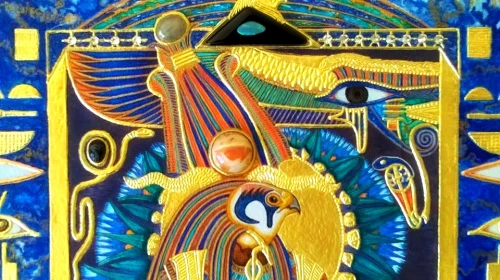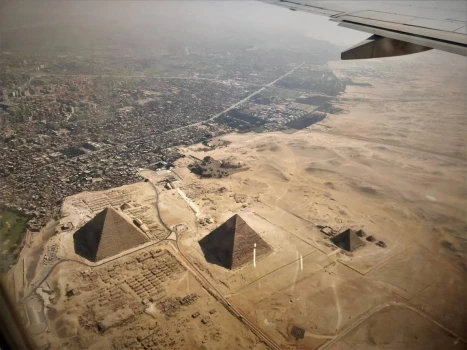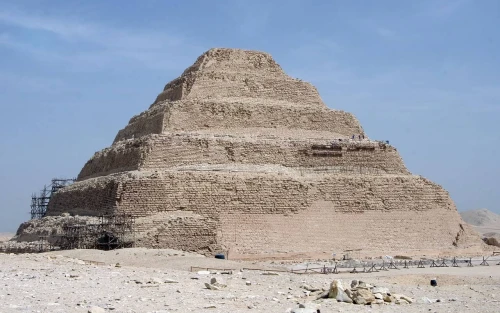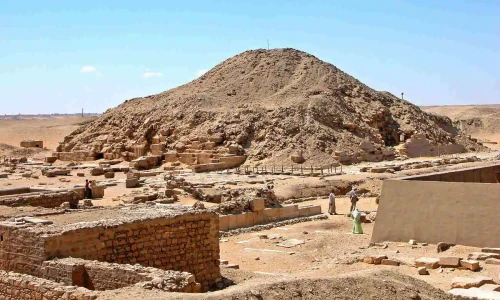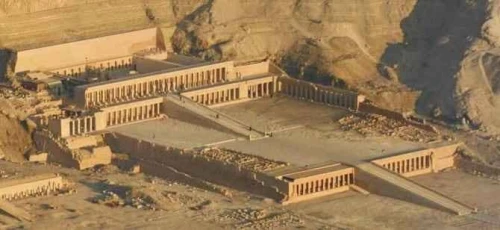
Queen Hatshepsut was the first lady to rule Egypt. The throne in Ancient Egypt was made for the royal men only.
Queen Hatshepsut was the first lady who accepted to rule Egypt for 20 years. She ruled during the 18th Dynasty. She was at first ruling with her husband King Tuthmosis II as a co-ruler. But after his death, she ruled as a Queen by herself.
As she was doing the King’s traditions as she was acting like a King in everything. She was the daughter of King Tuthmosis I and Queen Ahmose but they don’t want to make her a ruler because she is a lady but she was telling that she is the daughter of God Amen so she can rule the whole of Egypt.
Also, she has made herself the wife of god amen as she said that the god amen has stated his love to her so by this she became a Queen. She also has told her father that God Amen told her that she is her daughter and also God Amen told her that she is the King of Upper and Lower Egypt, so by that, she announced herself as a queen of Egypt.
Also, she was dressing as a man to not let anyone say that she can’t rule like a man as she wore a false beard to act like a man. One of her great important achievements was the Mortuary Temple of Hatshepsut which was made for her to be buried. Also, she was sending the explorers of Egypt to East Africa.
During her rule, Egypt’s economy was rising and it was a different time in ruling Egypt. The Mortuary temple was built in Thebes at Aswan. It was designed by her architect Senmut. In this temple, we can find how Queen Hatshepsut was living her life and how her lifestyle from the writings on the Temple walls was.
The temple is including many sphinxes presenting her face of her which are found at the entrance of the temple. Her temple was called in the Ancient Egypt Djeser-Djesero which means “Holiest of the holy places” because this temple was dedicated to God amen. Hatshepsut also recorded one of her trading expeditions to Punt during the 9 the year of her reign and after this expedition, they returned with gold and ivory, and other expensive things, as all of these are written on the walls of her mortuary temple.
At last, we can say that Queen Hatshepsut has died because of many diseases.
 English
English
 Spain
Spain


